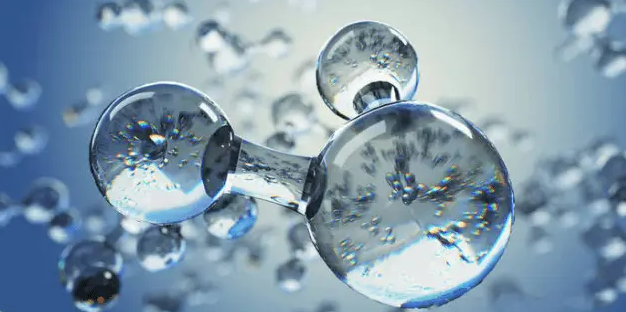Hyaluronic acid and sodium hyaluronate are not essentially the same product.
Hyaluronic acid is commonly known as HA. Hyaluronic acid naturally exists in our body and is widely distributed in human tissues such as eyes, joints, skin, and umbilical cord. Originating from the inherent properties of human substances, this also ensures its application safety. Hyaluronic acid has a special water retention effect and can absorb about 1000 times its own weight of water, making it internationally recognized as the most ideal natural moisturizing factor. Hyaluronic acid also has good physical and chemical properties and biological functions such as lubricity, viscoelasticity, biodegradability, and biocompatibility. For example, the lubrication of joints, the moistening of eyes, and the healing of wounds all have the figure of hyaluronic acid as a “hero” behind them.
However, hyaluronic acid has one “downside”:The content of hyaluronic acid in the human body gradually decreases with age.Data shows that at the age of 30, the hyaluronic acid content in the skin of the human body is only 65% of that in infancy, and drops to 25% by the age of 60, which is also one of the important reasons for the loss of skin elasticity and luster.
Therefore, the full utilization and widespread application of hyaluronic acid cannot be achieved without the drive and development of technological innovation.
Both hyaluronic acid and sodium hyaluronate are macromolecular polysaccharides with very strong moisturizing properties.Sodium hyaluronate is the sodium salt form of hyaluronic acid, which is relatively stable and has strong penetration, making it easier to penetrate and be absorbed.
But everyone habitually calls sodium hyaluronate hyaluronic acid, resulting in many misunderstandings. The difference is that the two have large differences in product properties due to structural differences.
The PH of hyaluronic acid is 3-5, and the low PH of hyaluronic acid leads to poor product stability.The production process is also more complex than sodium hyaluronate, and the low PH is acidic resulting in a certain irritation, limiting the application of the product, so it is not common in the market.
Sodium hyaluronate can exist in the form of a sodium salt and be reduced to hyaluronic acid after entering the body.We can understand it this way: sodium hyaluronate is the “front stage”, hyaluronic acid is the “back stage”.It can also be explained as follows: Sodium hyaluronate is the substance that wears sodium salt on clothing, and it is still hyaluronic acid that truly replenishes the body and exerts its effects.
Sodium hyaluronate is stable, the production process is mature, the PH is nearly neutral and basically non-irritating, the molecular weight range is wide, can be produced to meet the different needs of the market, so it has been widely used in the market, in our common cosmetics and food publicity hyaluronic acid, hyaluronic acid and so on actually refers to sodium hyaluronate.
Therefore, in most practical applications and products, HA=hyaluronic acid=Sodium Hyaluronate.
Post time: Apr-25-2025



